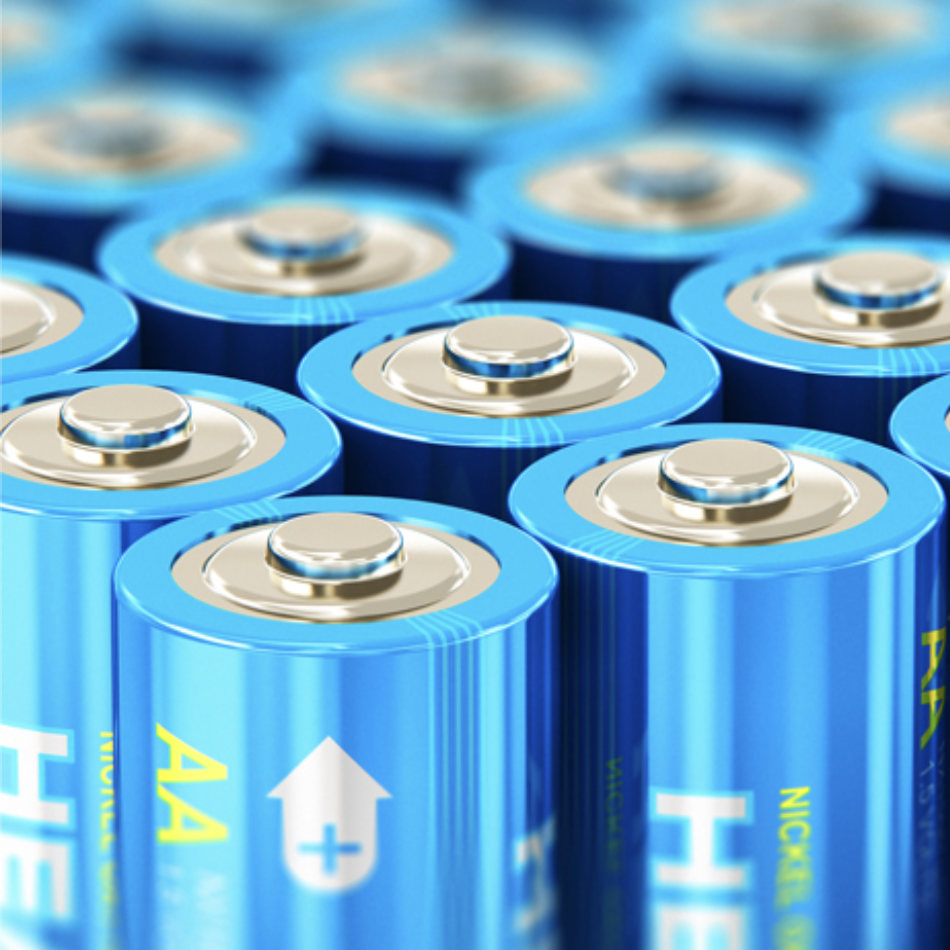Key Points/Overview
Cadmium metal helps produce rechargeable nickel-cadmium (Ni-Cd) batteries that help to power cordless power tools, cell phones, camcorders, portable computers and household appliances.
Cadmium pigments help create brilliant yellow, orange and maroon pigments in paints and coatings. They are also added to plastics to give them color. As a pigment, cadmium can remain bright even after exposure to sunlight.
Cadmium containing stabilizers may be used in the PVC used to make window and door frames, water pipes and drainpipes, hoses and electrical insulation, to help prevent materials from degrading from exposure to heat and sunlight.
Uses of cadmium are restricted in materials and products intended for young children because they are more likely to bite plastic or metals in toys or cups. The U.S. Consumer Product Safety Commission prohibits the sale of toys in the United States that contain heavy metals, including cadmium, above certain levels.
Uses & Benefits
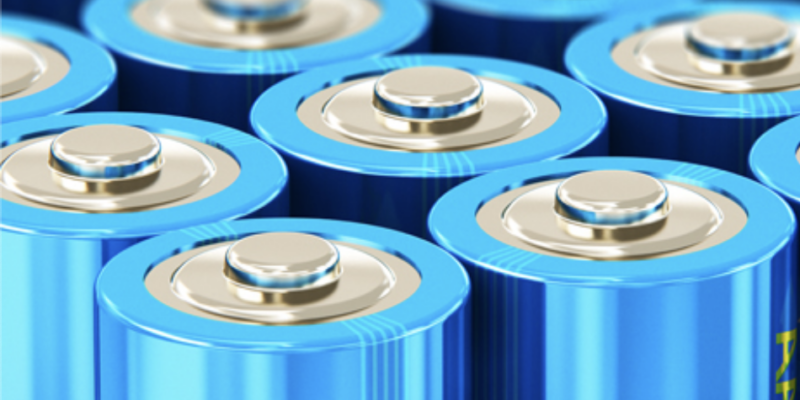
Battery
Cadmium metal helps produce batteries, particularly rechargeable nickel–cadmium (Ni-Cd) batteries. In everyday applications, nickel-cadmium batteries help power products such as cordless power tools, cell phones, camcorders, portable computers, portable household appliances and toys. Ni-Cd batteries also have extensive applications in the railroad and aircraft industry, for ignition as well as emergency power.
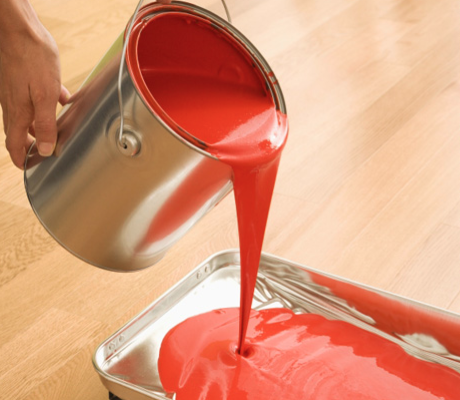
Pigment
Cadmium pigments help create brilliant yellow, orange, red and maroon pigments in paints and coatings, and are added to plastics to give them color. Artists Henri Matisse and Claude Monet used cadmium pigments to create their well-known works of art, for example. As a pigment, cadmium can stay bright even after exposure to sunlight. Its opacity is especially useful when it comes to tinting plastics, for example in coloring the red bags used for infectious hospital waste and in protecting the PVC cladding on wires and cables against heat and light.

Metal Manufacturing
In metal manufacturing and finishing processes such as galvanizing and electroplating, cadmium helps keep metal from corroding.
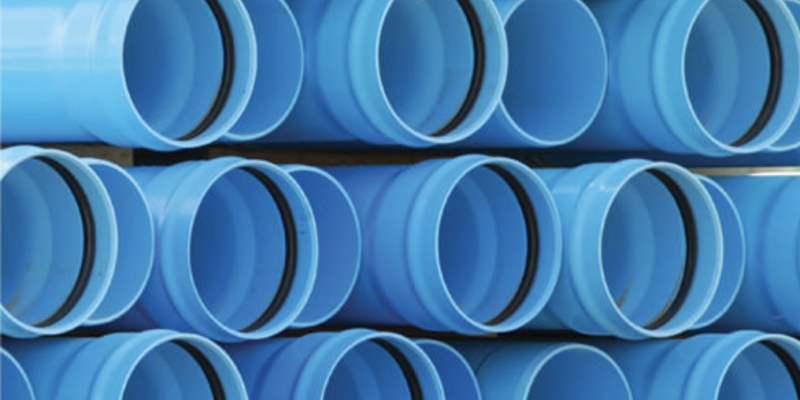
PCV Stabilizer
Cadmium-containing stabilizers are not used in US manufacturing of food-contact plastics. They may be used in polyvinyl chloride (PVC) used to make products such as window and door frames, water and drain pipes, hoses and electrical insulation. In these applications, they help keep the materials from degrading, for instance from exposure to heat and UV rays from sunlight.
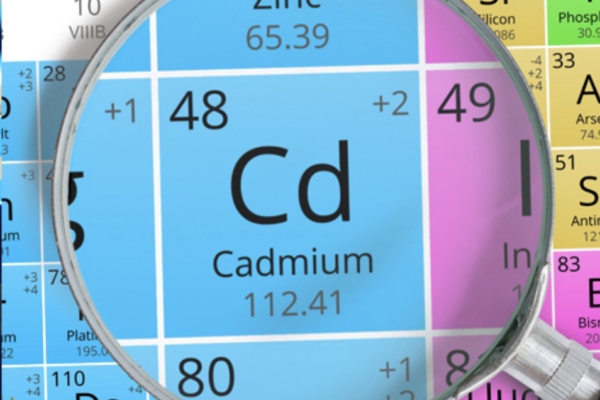
Safety Information
Health concerns about cadmium exposure are generally in the context of children’s exposures.
Cadmium pigments:
Touching products that contain cadmium, for example, touching ceramics with cadmium paint, is generally not considered a health concern, as cadmium does not penetrate the skin barrier.
Children’s exposure to cadmium:
The uses of cadmium are restricted in materials and products intended for young children because children are more likely to bite or mouth plastic or metals in toys or cups. To protect children from harmful exposures to cadmium, the U.S. Consumer Product Safety Commission (CPSC) prohibits the sale of toys in the United States that contain heavy metals, including cadmium, above certain levels. In addition, the Consumer Product Safety Improvement Act’s (CPSIA) federal toy safety standard incorporated a modified version of ASTM F963-16 by reference, thereby requiring toy manufacturing companies to certify that their products comply with its relevant standards, regulations, and tests – including applicable heavy metal limits – before they can be sold in the United States. In recent years, cadmium was found in some imported children’s jewelry and cups, prompting new voluntary industry standards – including more stringent limits for heavy metals.
Cadmium in industrial settings:
Cadmium is often present in industrial settings in metals and welding operations. Potential worker exposure to cadmium, however, is well-regulated by the U.S. Occupational Safety and Health Administration (OSHA). OSHA has set a Permissible Exposure Limit, or PEL, of 5 micrograms of cadmium per cubic meter of air, which is enforced by the agency. Where the PEL is exceeded or where skin or eye irritation can result from cadmium exposure, OSHA regulations require additional respiratory protection and other protective work clothing to protect workers.

